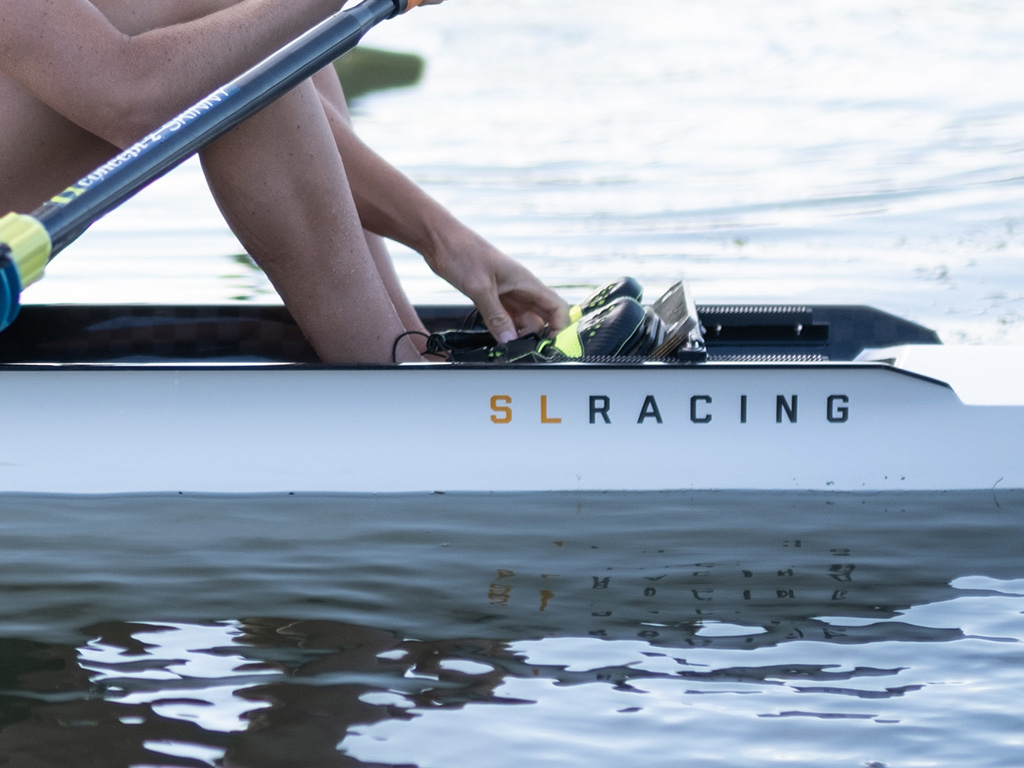In our last SLRigging article we took at a very broad look at the elements that make up a rowing boat and why you should put thought towards them (if you haven’t read that article, you’ll find it at https://www.slracing.co.nz/blog/rigging-the-basics and the follow up to it at https://www.slracing.co.nz/blog/rigging-for-rowing-part-2). In the next few articles, we’ll drill down on those individual elements, discussing in more detail how they can affect your comfort and boat speed. First up, we want to look at your feet.
The foot-stretcher is one of those parts of the rowing boat that can often be forgotten about in an athletes setup. Most of us are guilty of simply moving the foot-stretcher to a place where we ‘fit’ in the boat, then leaving it. When you look at the physics of a rowing stroke, you begin to understand why that sort of approach leaves a whole lot of untapped potential out on the water. Just like a sprinter will set his launch block angle at just the right measurement, so too should a rower have their foot stretcher angle, height and positioning correct.
The most basic change that can be made to a stretcher is its positioning within the boat. As an athlete and a coach, you need to understand that moving your foot position, will change the arc of your stroke significantly. Due to the limitations of our body, we are only able to use a certain percentage of the arc created by an oar moving around the pin. Practically, that will mean a more front end (legs) or back end (body) dominated stroke depending on foot position. There is no firm answer on what is “right” in terms of setup. For years the Canadian mens 8+ focused on a back-end dominated stroke with a big lean back, while not that long ago in Waikato, there was huge success with a front-end, leg dominated stroke. The key focus should be that the entire crew starts and finishes their stroke at a similar position. That may mean different foot stretcher positions for each crew member. We are of the view that the bigger the boat gets, the more important a quick leg drive is, so the further forward a crew should be set. Each crew will find their own sweet spot, but as we’ve stated in our previous article, a really simple place to start is placing your feet in a position that has your oar handle about a fist width overlapping your chest at the finish for sweep oar, or a fist width between your sculls at the finish for sculling.
The next two factors in getting your foot-stretcher in the right position are foot height and foot angle, two things that are often forgotten in the setup process. To find out more about those elements of setup, visit the link below.


